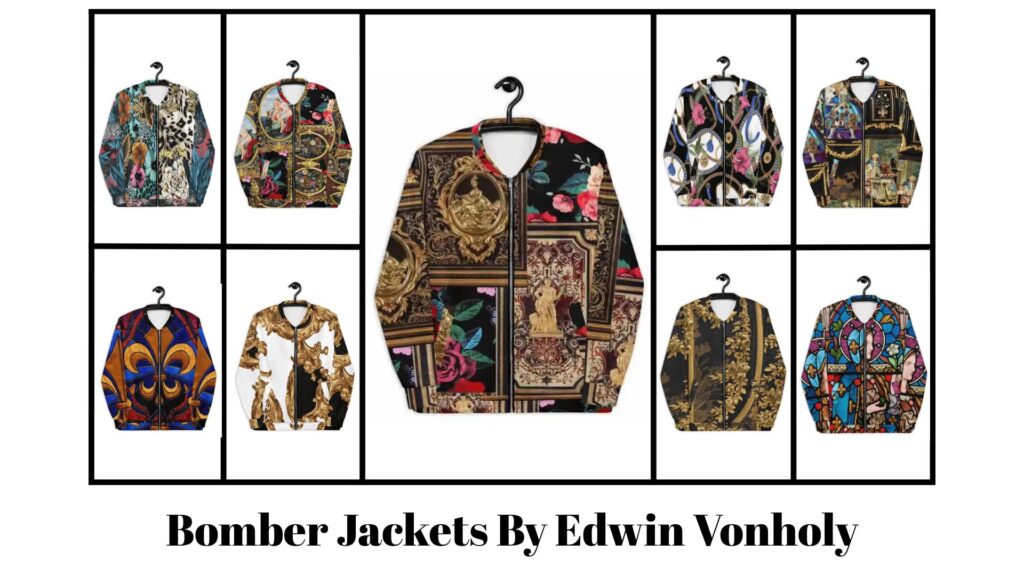The History of the Black Wool Coat: From Classic Tailoring to Modern Fashion
The black wool coat is a timeless garment that has evolved over centuries, maintaining its place as a staple in both men’s and women’s wardrobes. From its early days as a practical piece of outerwear to its current status as a fashionable and versatile item, the black wool coat has seen a fascinating transformation. In this article, we’ll explore the history of the black wool coat, tracing its origins, its role in classic tailoring, and how it has adapted to modern fashion trends.
The Early Origins: Practical and Functional Outerwear
The history of the wool coat can be traced back to the 17th and 18th centuries, when wool was used primarily for its warmth and durability. During this period, wool coats were not designed with fashion in mind but were created out of necessity to protect against the harsh winter conditions.
In Europe, particularly in colder climates, wool was a material valued for its insulating properties. Early wool coats, often in dark colors like black, were worn by working-class individuals, soldiers, and travelers, who needed functional outerwear for their daily routines. These coats were typically made from heavy wool and had a simple, utilitarian design.
The 19th Century: The Rise of Tailoring and the Black Wool Coat
The 19th century marked a shift in how clothing was approached, with tailoring becoming an art form. Men’s fashion, in particular, began to emphasize structured, well-fitting garments. During this time, the black wool coat evolved from a simple, utilitarian piece of outerwear into a more refined and fashionable item.
By the mid-1800s, the frock coat, a popular men’s coat made from wool, became a staple of formal attire. These coats were often made in darker colors, with black being the most common. They featured high collars, a double-breasted design, and a fitted waist, giving the wearer a sharp, polished look. Black wool coats were now seen as a symbol of sophistication, worn by the upper and middle classes for business, formal events, and social occasions.
At the same time, women’s fashion began to evolve as well. The 19th century saw the rise of the tailored women’s coat, often crafted from fine wool. These coats were typically long, with structured shapes, and frequently featured high collars and elaborate detailing, reflecting the prevailing fashion of the era. The black wool coat emerged as a key garment for women seeking both practicality and elegance.
The 20th Century: Modernization and the Military Influence
The early 20th century brought significant changes to both men’s and women’s fashion, with World War I and World War II playing crucial roles in the evolution of outerwear. Military influence on fashion became evident, and many of the classic black wool coats we recognize today have military roots.
During both World Wars, wool coats were issued to soldiers for their durability and warmth. The classic pea coat, with its double-breasted design, wide lapels, and deep, functional pockets, became a symbol of naval military attire. After the wars, this military style began to influence civilian fashion, with both men and women adopting the pea coat for its practicality and stylish appearance.
The 20th century also saw the rise of iconic fashion houses, such as Chanel, Dior, and Yves Saint Laurent, who incorporated the black wool coat into their collections, further cementing its place in modern fashion. Designers reimagined the coat in more fashionable silhouettes, while still retaining its core principles of warmth, versatility, and timeless appeal.
By the mid-20th century, the black wool coat was no longer just a practical piece of clothing but a symbol of sophistication and high fashion, suitable for both everyday wear and formal occasions. Its versatility made it an essential part of any wardrobe, with variations such as the trench coat, overcoat, and pea coat gaining widespread popularity.
The 21st Century: The Black Wool Coat in Modern Fashion
In the 21st century, the black wool coat remains an enduring symbol of style, sophistication, and warmth. Its classic appeal continues to make it a must-have for both men and women. The modern black wool coat has seen numerous iterations, from minimalist designs to oversized, fashion-forward silhouettes.
One of the biggest trends in recent years is the revival of vintage and retro styles. Many contemporary black wool coats are inspired by mid-20th century designs, such as the military pea coat and the long, flowing overcoat. Designers have also experimented with modern cuts and fabrics, incorporating elements like oversized collars, double-breasted closures, and sleek lines to update the classic coat.
In addition to its traditional role as a practical winter coat, the black wool coat has become a symbol of elevated fashion. It is a staple in both high-end fashion collections and accessible, everyday wear. Its versatility allows it to be worn for nearly any occasion—whether paired with a suit for business, layered over casual wear for daily outings, or worn to a more formal event.
Conclusion: A Timeless Classic
The black wool coat’s journey from utilitarian outerwear to a cornerstone of modern fashion is a testament to its enduring appeal. Its evolution reflects changes in society, fashion trends, and the needs of the people who wear it. From the early days of practical wool coats to the sleek, fashionable versions we wear today, the black wool coat remains a symbol of both practicality and sophistication.
As we move forward, it’s clear that the black wool coat will continue to be a timeless piece of outerwear, suitable for any season and every occasion. Whether you’re dressing for work, leisure, or formal events, the black wool coat remains an essential item for any wardrobe—a true classic that has stood the test of time.

